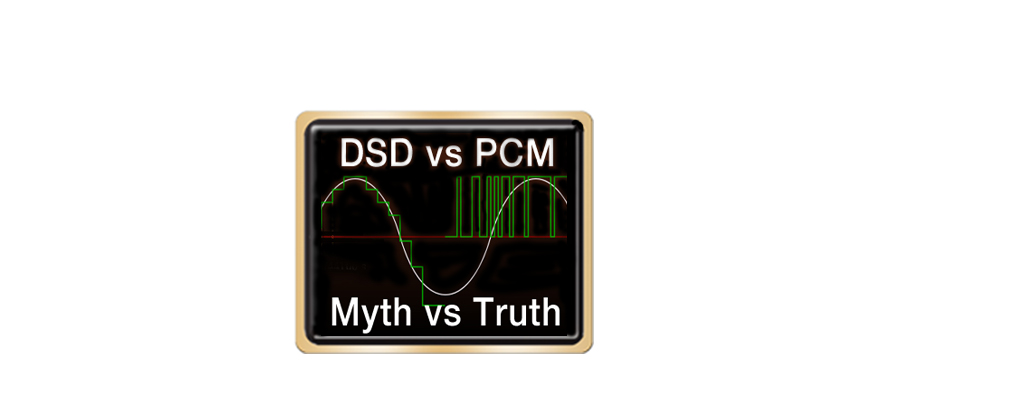I got the SMSL dac that has dual akm4499ex. I have other dacs too. I feel the implementation usign the chip makes a lot of differenece. For example the RMW ADI2dac uses the older AKm chip akm4497 but it sounds very nice to my ears. The Bryston reference dac uses an even older akm chip,the akm 4490 I believe but the implementation of this sounds really nice. Tbh, you need to know what kind of sound you prefer. I have a lot of dacs in an attempt to find the sounds I prefer. Persoanly, just my opinion is that the Parasound dac 2000 ultraanlog sounds very nice to my ears and the Theta Gen v Ver A is the best out of the dacs I have tried.
Where do these rumors keep coming from?
There was never an RME ADI2 DAC with the AK4497 (nor an ADI2 Pro).
The first ADI2 DAC had the AK4490, from the end of 2019 the AK4493 and from mid-'21 the ES9028Q2M.
You've recognized one thing absolutely correctly, implementing the DAC chip is one of the most important tasks in developing a DAC.
As for your statements about DACs that "sound" different, I would like to recommend two things to you.
Do a real and honest blind test with your devices that someone else controls and monitors and that you have no influence over. A small warning, though, I've often seen people being (extremely) unhappy with the result.
A DAC that "sounds" is broken, or was botched by the developer. For every piece of music that you hear through a DAC, the artist, recording studio, producer, etc. has put a lot of work into deciding how this piece of music should sound and saved it in digital form.
The DAC's only job is to convert this digital medium back into analogue 1:1, i.e. completely unchanged. And that's why the playback should sound exactly the same on every perfectly functioning DAC, otherwise there is something wrong with the DAC.
If an intervention is made in the music signal, this should always be done in a targeted manner, e.g. with EQ, DSP, etc. An uncontrolled intervention in the music signal always leads to a change in the original and to a reduction in resolution. Uncontrolled, this is neither sensible nor desirable.
And I have not yet seen any developer or manufacturer of "sounded" DACs or other devices who could share reliable information on how and to what extent an intervention in the music material takes place. Most of the time, people just babble about the sound, sounds better, sounds more analogue, sounds warmer, doesn't sound digital, etc., which doesn't say anything at all.
The worst thing, however, is that with "sounded" devices, the buyer is usually not explicitly informed that the original of the music being played is being deliberately manipulated and changed. Such a note must be included in the device description in a clearly understandable manner, because it is the opposite of what is called "transparent".
In my eyes, this is both fraud and a deception of the customer.

